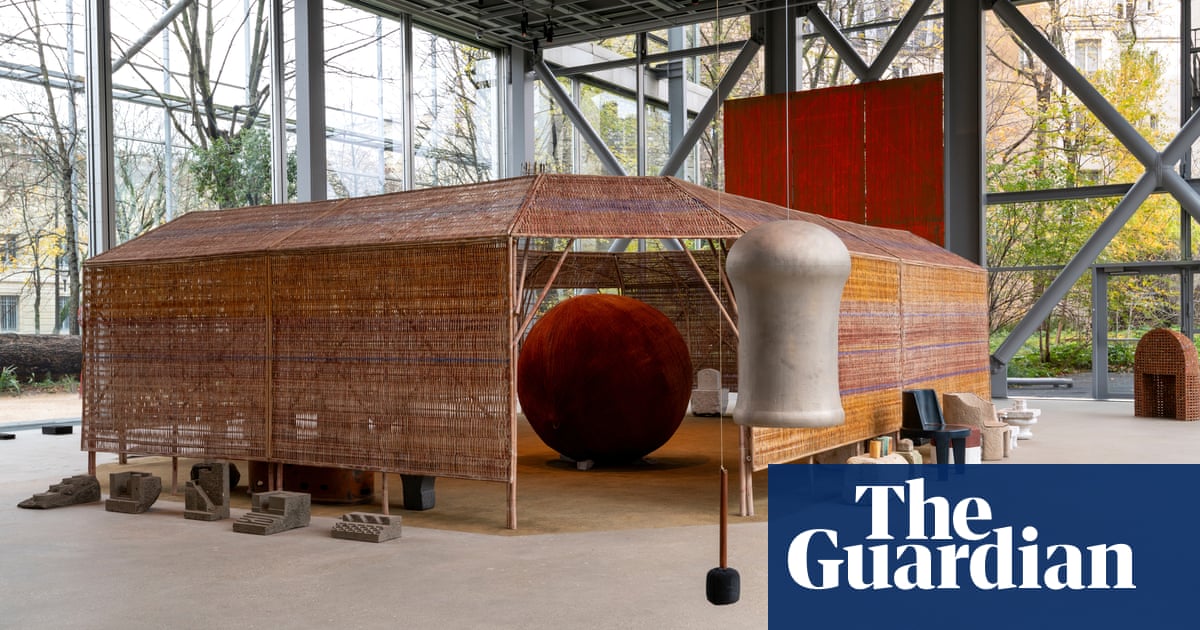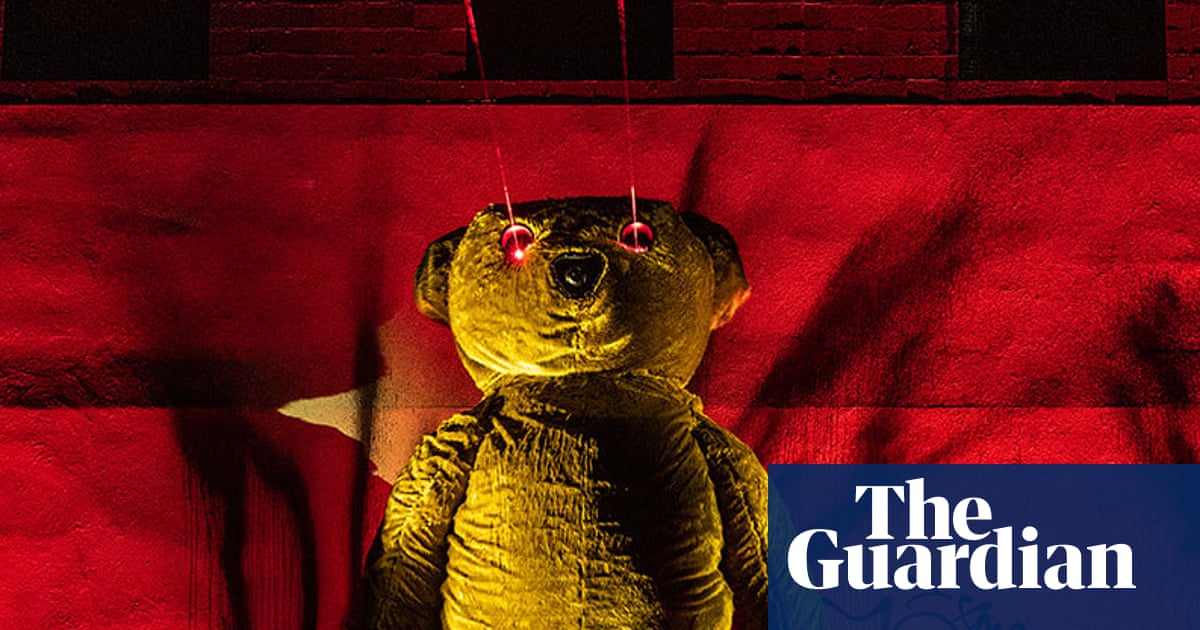
Kashmir’s ancient papier-mache artworks are famous throughout the world. The art form is a staple of the luxury ornamental market, and has a rich and long cultural lineage. It is closely associated with the advent of Islam in Kashmir, and depicts scenes from the Mughal court, Arabic verses from the Qu’ran, Persian poetry, as well as Kashmir’s iconic tourist attractions.
However, this ancient art form is vanishing, with only a handful of artisans left practising.
“The downfall began in the early 90s, with the rise of the insurgency movement in Kashmir,” says Maqbool Jan, a renowned papier-mache artist, who lives with his family in the quiet Lal Bazar area of Srinagar in Indian-administered Kashmir.
“After that the tourist flow dwindled and demand plummeted. Then, in recent times, there were multiple setbacks: the devastating 2014 Kashmir floods, the abrogation of Kashmir’s autonomous status in 2019, and finally the 2020 coronavirus pandemic was the fatal blow.”
Maqbool comes from an award-winning family of papier-mache artists. He was only three when he first took up a paintbrush. His father had just died and his mother was pregnant with his younger brother, Firdous.
Today, Maqbool and Firdous work with their wives, Masrat and Gowhar Jan, to create exquisite pieces. However, the family is worried that within a decade the art form could disappear.
“Earlier there were entire localities doing papier-mache, but now there are less than 3,000 people associated with this job,” says Maqbool.
About 100,000 papier-mache artisans are registered with the government, but very few are full-time practising artists.
Maqbool is known for his innovative designs – changing patterns and colour schemes to keep the art alive. He has started creating art works on walls, doors, traditional Kashmiri Khatamband ceilings, as well as utensils. He was awarded the Unesco seal of excellence award for his contribution to handicrafts in 2008.
Maqbool blames the government for the decline of arts and culture in Kashmir. He says artisans are not supported in the same way other sectors are, despite the Jammu and Kashmir government having a directorate of handicrafts.
“From 1989 until now, papier-mache saw so many setbacks, but the government didn’t pay any heed to it,” he says.
“Has the government ever thought if the artisans have enough food to survive? In the department of labour, a worker at least has the benefit of health insurance and scholarships for their children. We don’t even have that. We are less than labourers.”
Mahmood Ahmad Shah, director of the handicrafts department, defended the government. “Everyone only blames the government. They say the government is doing nothing but they don’t look at our accomplishments,” he says, adding that the department has spent the past two years trying to revive endangered crafts.
“For the first time in history, last year we came up with a handicraft and handloom policy. The department never had a policy before this. Within the new policy, we aim to provide educational fees for the children of artisans, as well as market interventions for their products across the country.”
However, Shah says that out of the 170m rupees (£1.7m) Kashmir handicrafts generate every year in the foreign exchange market “papier-mache is … only a fraction of it. So it does not generate a lot of money. Our main earners are pashmina and the carpet industry.
“But papier-mache is equally important to us and that’s why it’s one of the seven crafts from Kashmir which has got a geographical indication mark [to prove goods are made in the region].”
Exporters are another reason for “the poisoning of the craft”, says Maqbool. “They buy papier-mache products at a cheap rate in Kashmir and sell it across Europe at an exorbitant price, giving almost peanuts to the people who actually make it.
“If an exporter earns 100 rupees [£1] as profit, he should at least give 30% to the artisan and keep 70% to himself. But what they do is give 1% to the artisan and, as a result, the artisans are forced to sell their products by themselves, which has impacted their amount of dedication on the art.”
Neither of Maqbool’s two sons, who both have university degrees, are interested in continuing their father’s legacy. “My children don’t want to learn this art. They feel humiliated in front of their friends to say that their father is a papier-mache artist.”
Shah says that schools and colleges do not teach the craft, although he would like that to change.
“Many people say papier-mache artisans are poor and the government should provide them with money. But it’s not the money we need. Money is secondary. First, what we want is dignity,” says Maqbool.
“I believe, before anything else, we have to bring a standard to this art. Give it the dignity to save it from extinction. When it is a dignified job, our children will proudly do it and won’t get embarrassed in front of their friends. You know, why do MF Husain’s paintings cost millions? Because it has a dignity.”
In August, Maqbool put his latest work, which took him two years to make, on public display – a fabric painting depicting Srinagar in 1825, long before environmental encroachments ruined the then Venice-like city. He hopes the work will generate interest – and money.
“The minimum base rate would be 1.5m rupees [£15,000] and I think we deserve it.”












